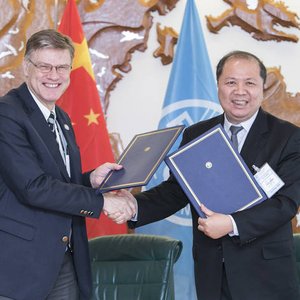“China is wrongly seen as a threat to the South Antarctic krill fishery long term health”, said Dimitri Sclabos in a recent interview. China seafood industry is growing and that also includes krill, especially the Antarctic krill that has become a strategic target for the country. Sclabos estimates Chinese demand for krill can potentially reach 4.5 times current global krill oil production and four times current krill meal production. With this high expectation, Sclabos said it could lead the country to prefer and work towards a management system that more openly prioritizes the economic development of the fishery.
The Antarctic krill stock management system is currently controlled by the Commission for the Conservation of Antarctic Marine Living Resources (CCAMLR). One of the main players in the area is Norway through Aker BioMarine with a strong advocate of sustainable practices. “New Norwegian, Chinese and other countries’ krill projects will put pressure to raise the TAC, or just breach the consensus, which is how CCAMLR works. That may force a move to a different way in how CCAMLR sets limits. It brings new challenges on how CCAMLR does its job, how it allocates quotas and regulates members’ commitments,” said Sclabos.













